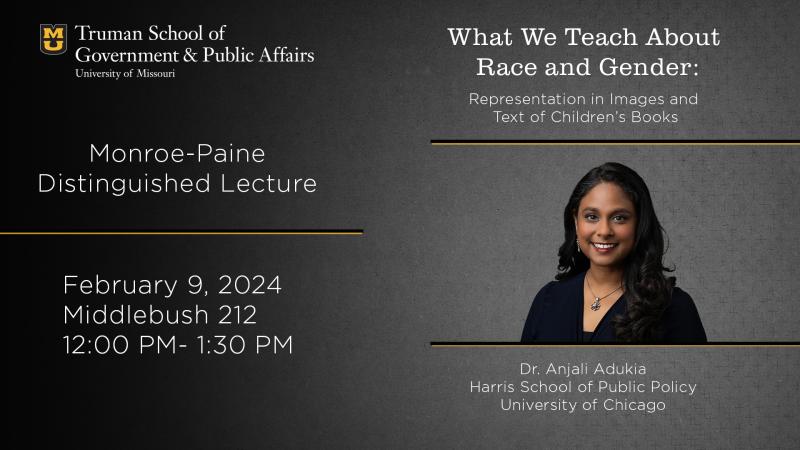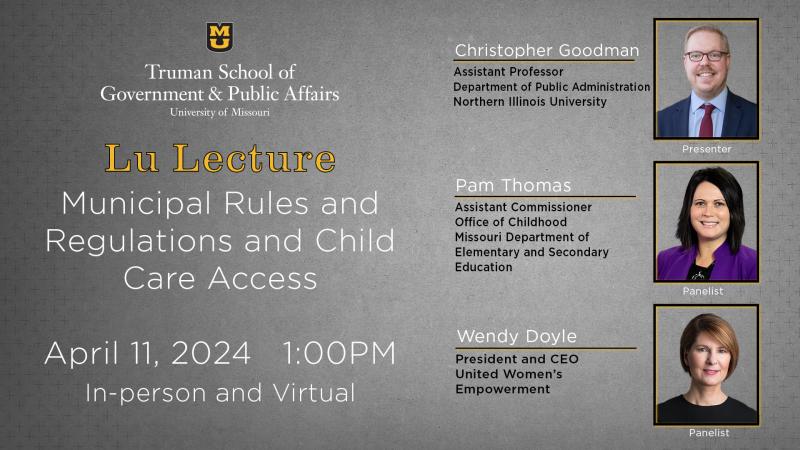The Truman School hosts and promotes a wide variety of experiential learning and professional development activities for undergraduate and graduate students outside the formal classroom. Internships, capstone projects, distinguished guest lectures, and opportunities to engage with alumni are just a few examples. In addition, student organizations allow students to connect with peers and engage in learning, social, and philanthropic activities. These offerings enhance the overall educational experience and help our graduates become career ready.

